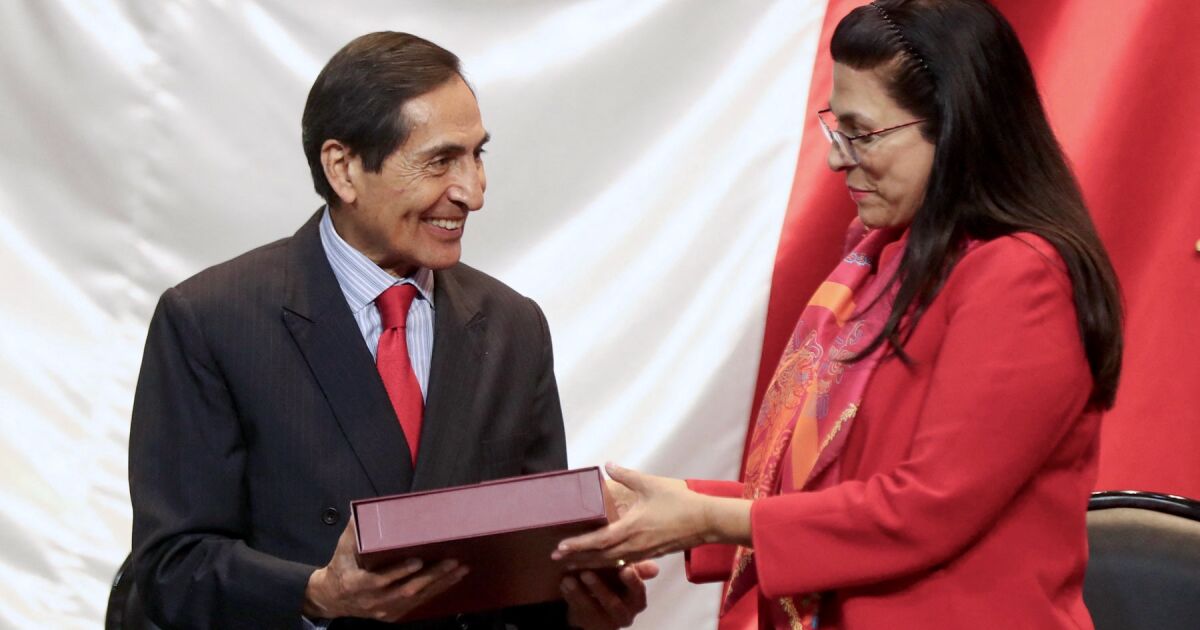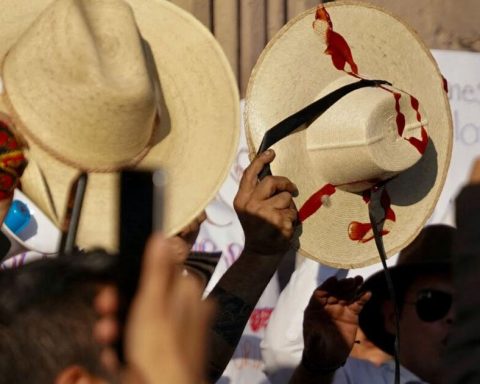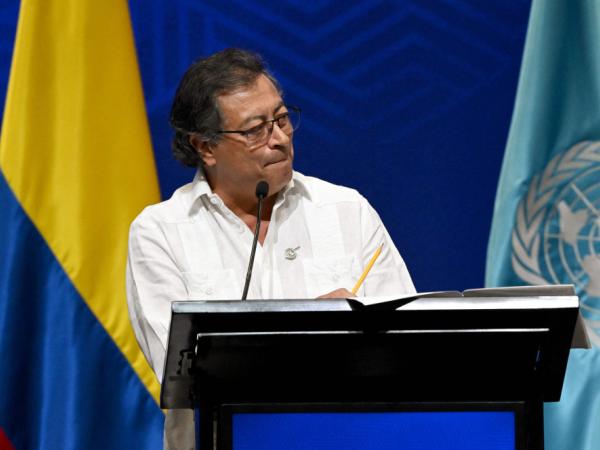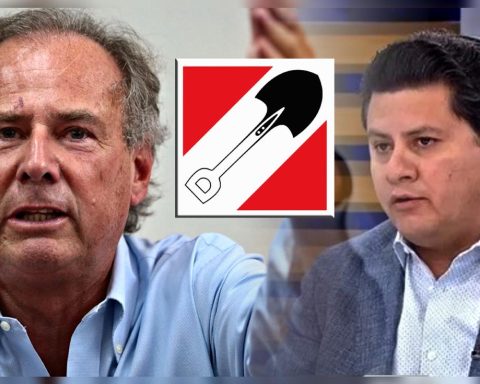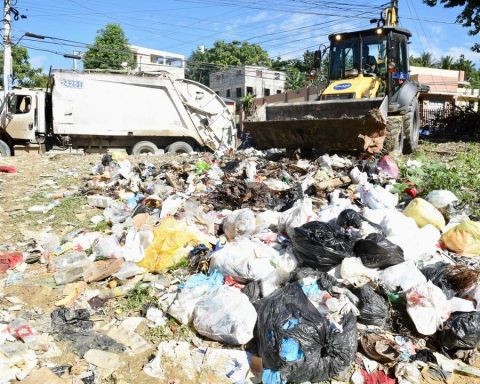The expected reduction, compared to the approved expenditure, is 9.9% real, which includes non-recurring expenditure expected in 2024, highlighting the dependence on the General Economic Policy Precriteria (PGPE). Among the non-recurring expenses this year was the increase in investment for infrastructure development, concentrated in flagship projects of the last six years, such as the Mayan Train and the Interoceanic Corridor of the Isthmus of Tehuantepec.
“We will have to be attentive to what the president refers to as savings, which we consider that more than savings, they will be cuts to public spending,” said Paulina Castaño, researcher at the Fiscal Justice Program at Fundar, Center for Analysis and Research.
Although the details will be announced next Friday afternoon, specialists expect that the cuts or reductions to the budgets of public institutions will concentrate on programmable spending, in areas where cuts were seen in the last administration, since there are no room for downward adjustments to non-programmable spending, since this corresponds to mandatory expenditures and that year after year absorb more resources from the public sector, such as the financial cost of the debt, pensions and federal transfers to the states. through Participations.
What was seen in the last administration were cuts to the institutions’ expenses on the fly, depending on the government’s priorities; also reallocations, that is, they remove resources from one area to allocate them to others, such as the extinction of trusts and the use of these resources to attend to social programs, explained Edson Valdés Iglesias, research professor at the Universidad Veracruzana, in the field of Economics and Public Finance.
A comparison between the budget approved for 2019, the first year of the administration led by Andrés Manuel López Obrador, and the one approved for this year, highlights that the organizations with the greatest decreases in their budgets are: Pemex, Government, CFE, Health, Labor and Social Security, Agrarian Development, Agriculture and Social Development, as well as Tourism and Economy.
Meanwhile, large increases were seen in concepts for Social Security Contributions; Mexican Social Security Institute; Secretary of Welfare; National Defense, Energy, Non-Sectorized Entities and Citizen Protection Security.
“Considering that programmable spending is for citizen care, the quality of public services such as health and programs run by agencies with fewer resources may be affected,” explained Diego Díaz, Public Finance coordinator of the Mexican Institute for Competitiveness (IMCO).
The need for a cut comes from the objective of reducing the difference between the income that reaches the coffers and public spending, which is greater than the former. By 2025, it is expected to close at 5.9% of GDP, and the objective is to take it to 3.5%, according to the Treasury.
“To achieve an adjustment that does not imply cuts that compromise the provision of public goods and services, it is necessary to consider a tax reform that complements current efforts to combat tax evasion and avoidance,” considered an analysis by IMCO.
However, the current government rules out that a tax reform will come, at least, in 2025. The Treasury details that income will barely increase by 170,000 million pesos, compared to the one approved in 2024, mainly due to efficiencies in the Tax Administration Service (SAT), through the simplification and digitalization of procedures.
